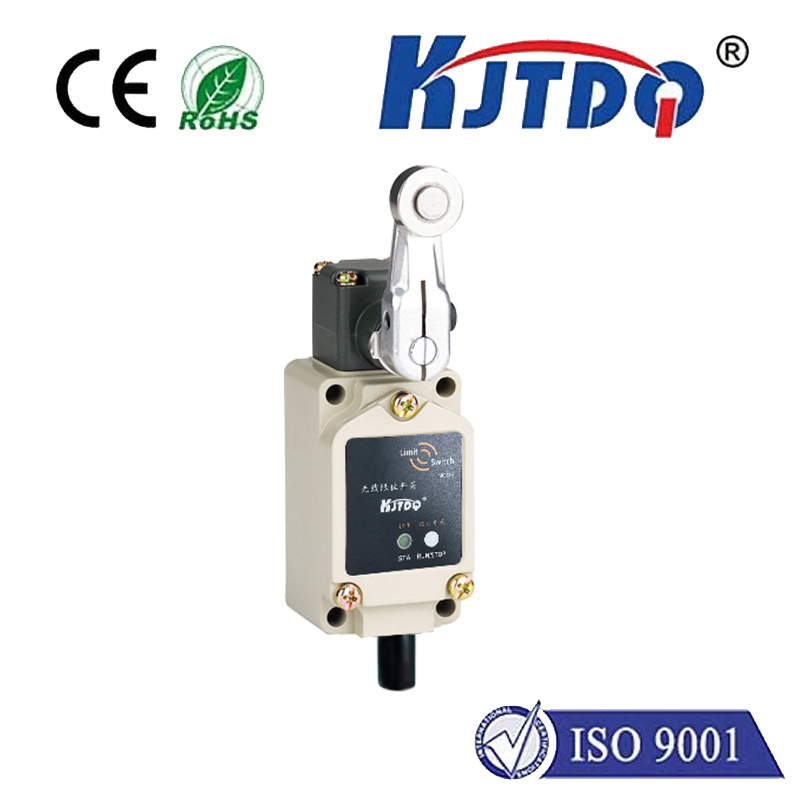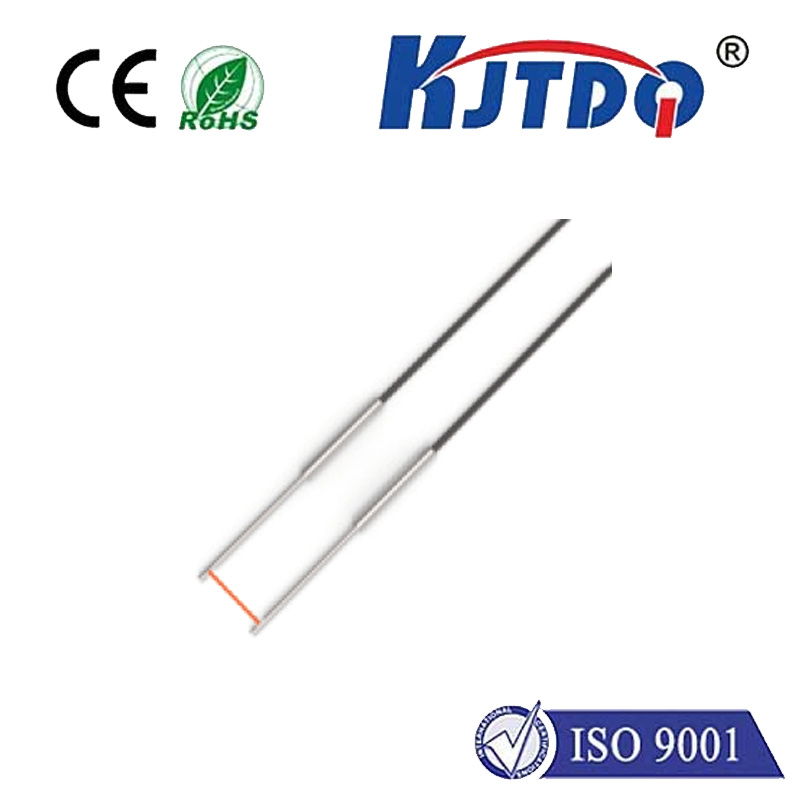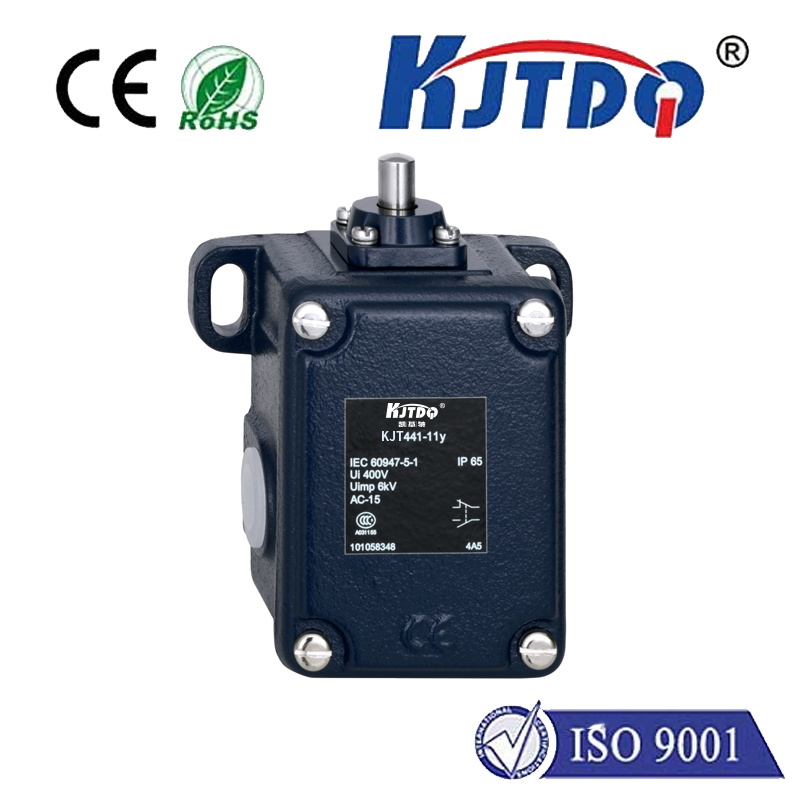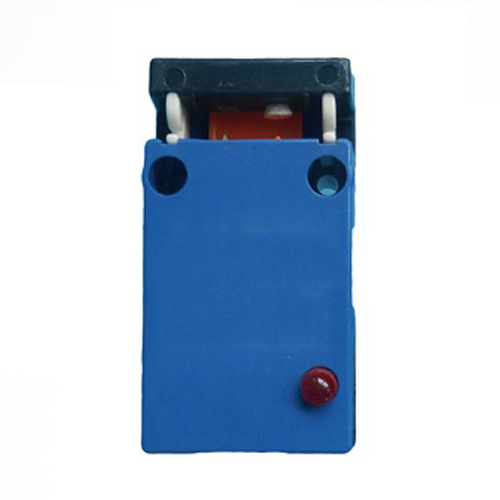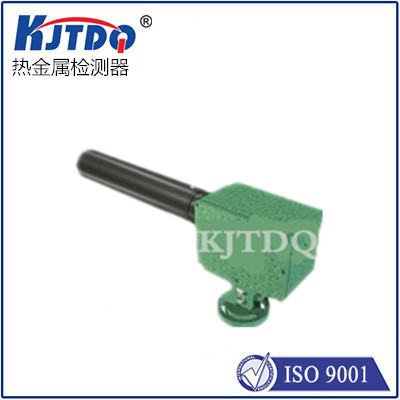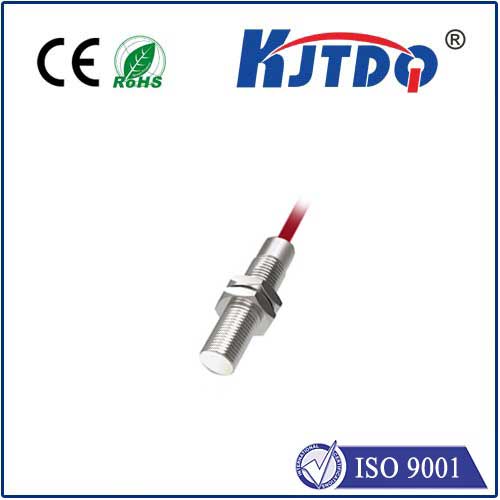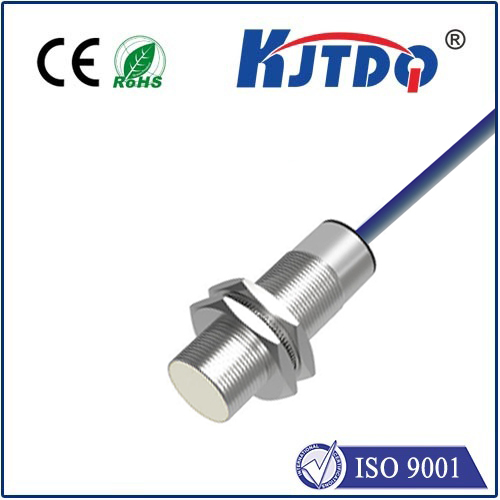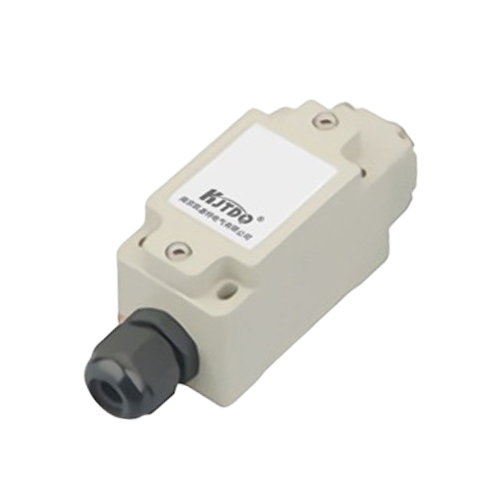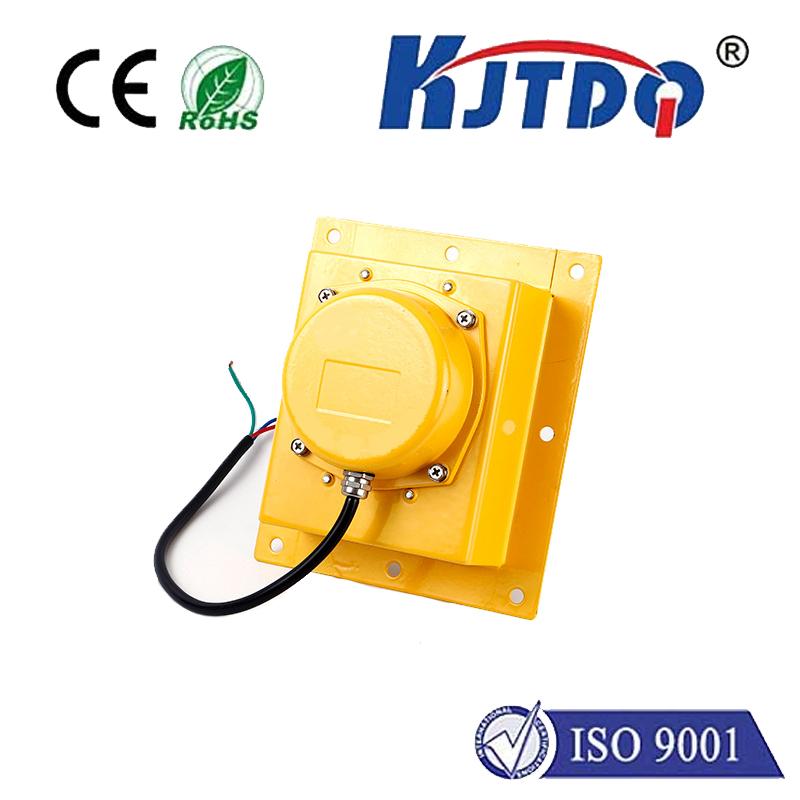

check

check

check

check

check

check

check

check

check

check

Title: “Inductive Metal Sensor: The Key to Modern Industrial Automation” The world of automation is continuously evolving. At the heart of this evolution lies a crucial yet often overlooked component - the inductive metal sensor. This unassuming device, with its ability to detect the presence of metallic objects without any physical contact, has revolutionized the way we interact with machines and devices. This article delves into the workings of an inductive metal sensor, shedding light on its significance in modern industrial automation. An inductive metal sensor functions based on the principle of electromagnetism. It consists of two main parts: a coil that generates a magnetic field and a circuit that processes the signal. When a metal object comes into proximity, it disrupts the magnetic field, thereby inducing a current in the coil. This change is detected by the circuit which then sends a signal to indicate the presence of the metal object. The applications of inductive metal sensors are vast and diverse, ranging from simple tasks like counting products on a conveyor belt to complex operations like monitoring machine health in high-precision manufacturing processes. They offer numerous advantages such as high reliability, long detection range, and immunity to dirt, oil or other contaminants. Furthermore, their non-contact nature eliminates wear and tear, significantly extending the lifespan of both the sensor and the equipment being monitored. Despite their many benefits, inductive metal sensors do face some challenges. For instance, they cannot detect non-metallic materials and their performance can be affected by factors like temperature and humidity. However, advances in technology have led to the development of sensors that can mitigate these issues to a large extent. In conclusion, the inductive metal sensor might seem like a small and inconsequential component, but its impact on the world of automation is anything but. As we continue to innovate and improve upon this technology, we can expect even greater advancements in the realm of industrial automation. The inductive metal sensor is truly a testament to the power of simplicity in solving complex problems
